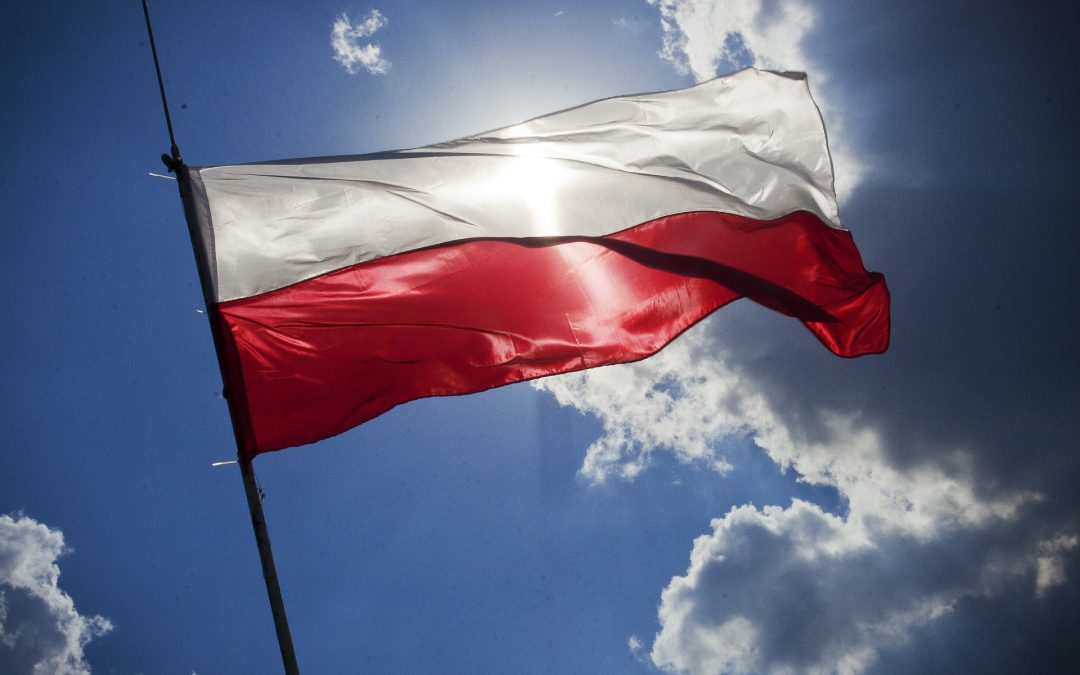Danish Institute for Human Rights, 2021
Read Poland’s NAP: English Polski
Status
Poland’s NAP, entitled Krajowy Plan Działania (KPD) na rzecz wdrażania Wytycznych ONZ dotyczących biznesu i praw człowieka na lata 2017-2020, was adopted by the Council of Ministers on 29th May 2017.
Stakeholder Participation
Civil society organizations and trade unions were the actors that were most actively pressing the government to develop NAP.
Before the draft NAP was published there were only a small number of bilateral meetings held with the Government upon the request of some NGOs. After the draft NAP was released on December 13, 2016, it was possible for interested parties (civil society, business etc.) to submit written comments. To make that possible, the submission period initially intended to end on 13th January 2017 was extended by two weeks, ending on 27 January 2017. However, a guiding timeline for the NAP development process was not developed and shared with stakeholders. The comments on the draft NAP were not published online by the Foreign Ministry. However, the Polish Institute for Human Rights and Business (PIHRB) has provided access to some of them by approaching the organisations that they knew submitted comments and have published those on the PIHRB website.
Additionally, informal consultations were held with NGOs in December 19, 2017, at the initiative of the NGOs (coordinated by Helsinki Foundation for Human Rights) which included representatives of CSOs (including Polish Institute for Human Rights and Business, Fundacja Frank Bold, Polskie Towarzystwo Prawa Antydyskryminacyjnego, Fundacja Batorego, Fundacja „Koalicja Sprawiedliwego Handlu” – Fairtrade Polska, Watchdog Sieć Obywatelska), trade union (OPZZ) and public administration (MFA, Ministry of Economic Development, Office of the Ombudsman, National Labour Inspectorate), and provided an opportunity for the discussion about the draft NAP and sharing recommendations of changes.
No steps were taken to explicitly involve special interest groups and vulnerable groups.
Stakeholders views and analysis on the NAP
- CSR Watch Coalition Poland: Submission regarding draft NAP (in Polish only) Uwagi Koalicji do projektu Krajowego Planu Działań na rzecz wdrażania Wytycznych ONZ dotyczących biznesu i praw człowieka, January 27, 2017
- La Strada Foundation: Submission to the draft NAP, January 2017
- Trade Union OPZZ: Opinia OPZZ dot. projektu KPD, January 2017
- PIHRB; News: Konsultacje społeczne Krajowego Planu Działań w obszarze biznesu i praw człowieka rozpoczęte (Public consultations of the draft NAP are open), December 2016
- Apel organizazji pozarządowych o podjęcie działań mających na celu wypracowanie KPD (An Appeal by NGOs and Trade Unions to the Prime Minister that the government commence the NAP drafting process), March 27, 2015



Recent Comments